Beyond Borders: Unpacking the Genesis of Chandni Chowk to China
In the annals of global cinema, certain films stand out for their audacious fusion of genres and cultures, charting a course previously unexplored. Chandni Chowk to China is undeniably one such cinematic experiment. Far from a conventional martial arts epic or a typical Bollywood potboiler, this film carved out an eccentric niche for itself by marrying the vibrant, often over-the-top humor of Indian cinema with the disciplined grace and gravity of Chinese Kung Fu. The result was a rollercoaster ride that charmed audiences with its sheer audacity and unconventional storytelling.
A Culinary Dream Meets a Martial Arts Prophecy
The inception of Chandni Chowk to China was a bold stroke of cross-cultural conceptualization. Imagine pitching a story where a humble, aspiration-filled cook from the bustling lanes of Delhi’s Chandni Chowk finds himself embroiled in an ancient Chinese prophecy, mistaken for a legendary savior known as the Great Foot.
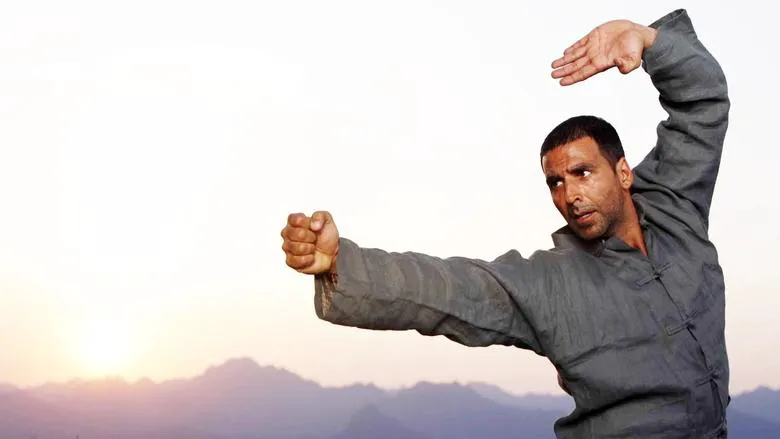
At its heart, the film is a classic fish-out-of-water tale, but with a uniquely East-meets-East twist. The idea stemmed from a desire to bridge two vastly different cinematic traditions, leveraging the universal appeal of heroism and self-discovery. The “Kung Fu Village” setting, oppressed by the ruthless Hadden clan, provides a compelling backdrop for Sagar’s improbable journey. It’s a testament to the filmmakers’ vision to blend dire struggle with lighthearted comedy, crafting a narrative that never takes itself too seriously, even as it addresses themes of oppression and courage.
Crafting the Comic Warrior: Akshay Kumar’s Transformation
Central to the film’s success was the casting of Akshay Kumar as Sagar alias Sincere. Known for his versatility in blending action and comedy, Kumar was an ideal choice to embody the unsuspecting hero. The transition from a cook dreaming of his own restaurant to a prophesied martial arts master posed a delicious challenge for the actor.
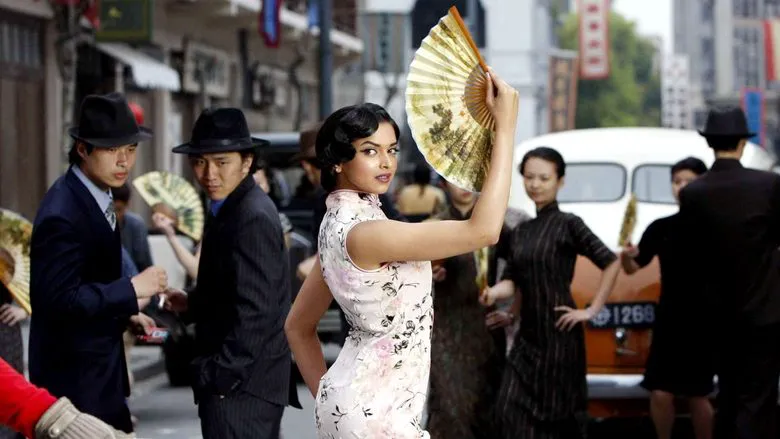
Behind the scenes, Kumar’s training for the Kung Fu sequences was intensive. While the film embraces its comedic elements, the martial arts choreography demanded genuine effort and precision. Kumar, no stranger to action choreography, had to adapt his style to the unique demands of Kung Fu. His ability to deliver both precise kicks and perfectly timed humorous reactions truly brought Sagar’s character to life, making him relatable despite his fantastical circumstances.
Bridging Worlds: Production Design and Authenticity
The visual juxtaposition of bustling Mumbai and the traditional Chinese village was a significant triumph for the film’s production design teams. Recreating the rustic, almost mystical atmosphere of the Kung Fu Village, contrasted with the chaotic vibrancy of Chandni Chowk, required meticulous attention to detail.
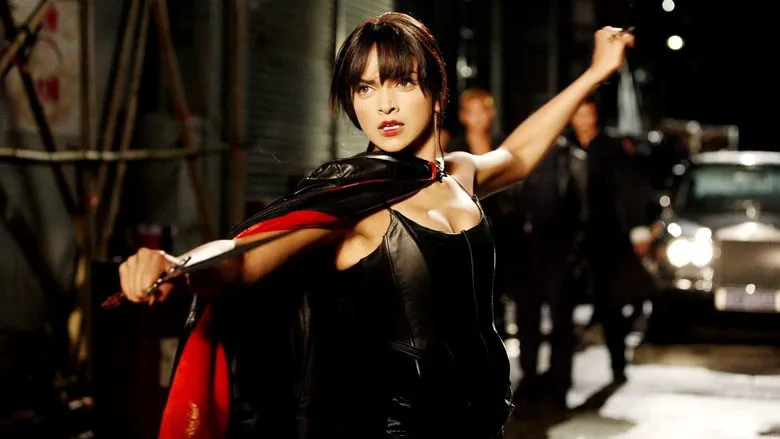
While practical locations no doubt played a role, the art direction created a convincing world where ancient prophecies and modern aspirations could co-exist. The film also benefited from incorporating elements of Chinese culture, from the intricate martial arts forms to the village’s traditional attire and customs, grounding the fantastical narrative in a sense of specific cultural identity.
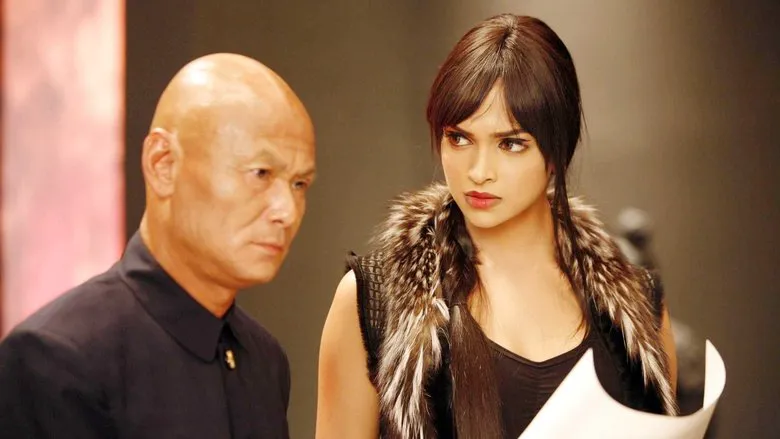
The Art of Action-Comedy Ballet
The action sequences in Chandni Chowk to China are a core part of its unique charm. Directed with a clear intention to entertain rather than purely thrill, the fight choreography perfectly blended authentic martial arts moves with slapstick comedy. This unique blend allowed for exhilarating sequences that often ended in laughter, subverting audience expectations of typical martial arts films.

The collaborative effort between the Indian and Chinese choreographers surely played a significant role in achieving this distinctive style. Fight scenes were not just about power and precision but also about physical comedy and character expression, serving the film’s overall lighthearted tone while still delivering on the promise of martial arts action.
A Galaxy of Quirky Co-Stars
No epic journey is complete without a memorable ensemble of supporting characters, and Chandni Chowk to China delivers in spades. Aarif Lee’s portrayal of Sui-Lian – the enigmatic leader’s daughter who initially distrusts Sagar but eventually becomes his ally and love interest – adds gravitas and emotional depth to the narrative. Her subtle acting skills provide a perfect foil to Kumar’s more flamboyant performance.
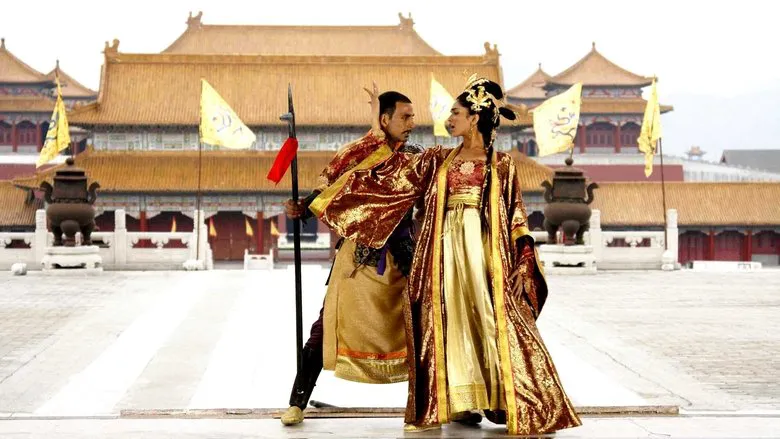
The supporting cast, including stalwarts like Roger Yuan and Deepak Dobriyal, infused the film with a rich tapestry of character. From the friendly yet clumsy monk to the charming but mischievous local bandit, each character was meticulously crafted to heighten the film’s offbeat tone and contribute to Sagar’s bewildering and often amusing indoctrination into the village’s ways.
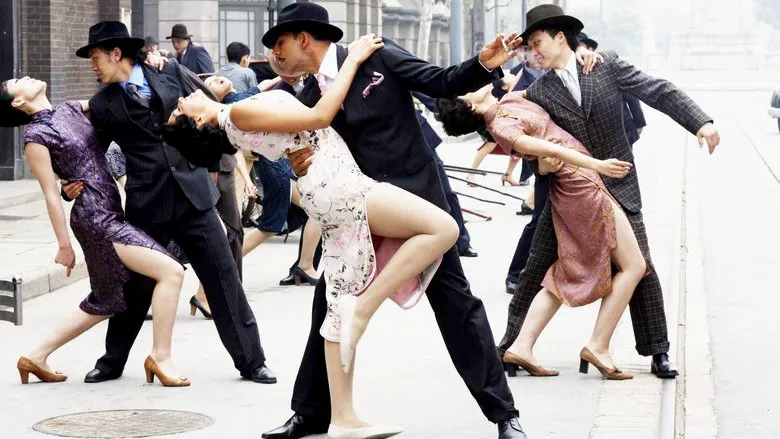
Even the antagonist, Jack Ma, played by a shrewd and ruthless actor, perfectly embodies the corrupting influence of power, pushing Sagar to confront his deepest fears and responsibilities.

A Journey Beyond Boundaries
Chandni Chowk to China is more than just an action-comedy; it’s a testament to the idea that heroes can truly emerge from the most unexpected places, wielding not just physical prowess but also a pure heart and unwavering determination. The film’s production was a massive undertaking, blending distinct cinematic traditions, challenging cultural perceptions, and ultimately crafting a unique narrative through action, laughter, and unforgettable characters.
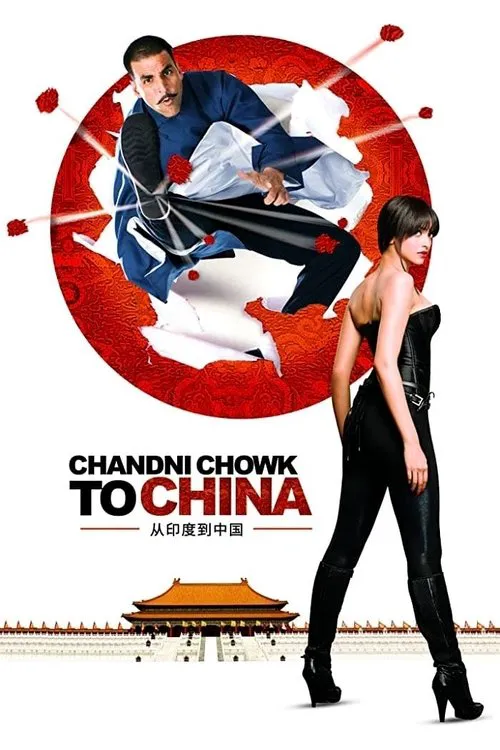
In its final moments, as Sagar returns to his culinary dreams, we understand that his journey transcended material gain. He found a sense of belonging and purpose, proving that true wealth lies in shared experiences, unbreakable friendships, and the courage to fight for what is right, no matter how far from home you might be. It remains a fascinating case study in cinematic cross-pollination, proving that sometimes, the most original ideas spring from unexpected cultural collisions.